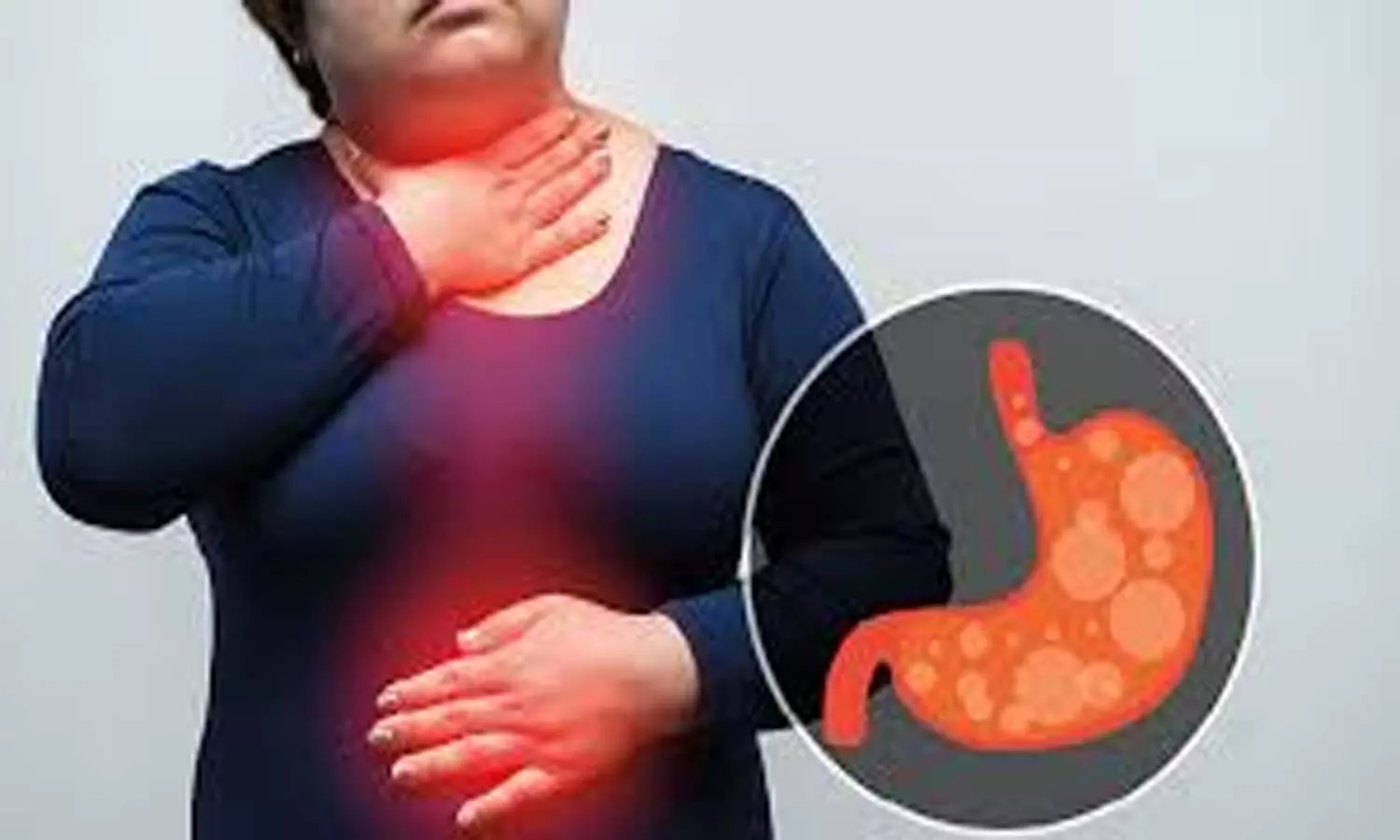Asymptomatic Barrett’s esophagus patients exhibit pathological reflux despite PPI treatment: Study

A new study published in the journal of Clinical Gastroenterology and Hepatology showed that despite using proton pump inhibitor (PPI), over one-third of Barrett’s esophagus (BE) patients who are asymptomatic show pathological reflux on pH monitoring. However, another third of individuals using standard-dose PPI had normal AET. A 9-fold higher incidence of neoplasia is linked to pathological reflux.
The patients with Barrett’s esophagus who have abnormal acid exposure can be identified using esophageal function testing. By identifying pathological reflux, these tests offer useful risk classification, which allows for focused surveillance and early management to stop neoplastic change in this high-risk patient group. Thus, this study was set to ascertain how esophageal function testing may be used to predict disease progression and evaluate acid exposure in BE patients on PPI treatment.
High-resolution manometry and 24-hour pH impedance testing on PPI were used in this investigation of asymptomatic BE patients. While following the same treatment plan, histological results were documented at index endoscopy. Pathological reflux was defined as total acid exposure time (AET) >6% on pH monitoring. Using Youden’s index to determine the ideal cut-off, Receiver Operator Characteristic (ROC) analysis was used to assess the prediction efficacy of AET for neoplasia.
There were 135 patients (73% male; 58 ± 15 years). 56 (41%) showed long-segment BE, with a median BE length of C1M2. Standard-dose PPI was used by 67 patients (50%) of the total. Of the 37 patients (27%) with pathological reflux, 25 (67%) were on standard-dose PPI. 33 (39%) of the 84 patients (62%) with normal AET (<4%) were on standard-dose PPI.
Standard-dose PPI (aOR 3.53, p=0.004) and type III esophagogastric junction morphology (aOR 2.64, p=0.036) were shown to be independently linked to pathological reflux on multivariable analysis. At index endoscopy, 13 (10%) individuals had neoplasia (2 adenocarcinomas, 3 high-grade dysplasias, and 8 low-grade dysplasias).
The sole independent predictor of neoplasia was pathological reflux (aOR 9.62, p<0.001). Neoplasia was accurately predicted by AET ≥6% (AUC 0.816, 77% sensitivity, 78% specificity). Overall, 27% of 135 asymptomatic Barrett’s esophagus patients had abnormal acid exposure on pH monitoring, even with PPIs. The probability of neoplasia was independently increased and accurately predicted by acid exposure duration ≥6%.
Source:
Vespa, E., Viale, E., Fasulo, E., Barchi, A., Marabotto, E., Pesce, M., Piccirelli, S., Pasta, A., Mandarino, F. V., Fanizza, J., Fratto, M. C., Cesaro, P., Sarnelli, G., Passaretti, S., Danese, S., & Savarino, E. V. (2025). Esophageal function testing identifies Barrett’s esophagus patients with pathological acid exposure at risk for neoplasia. Clinical Gastroenterology and Hepatology: The Official Clinical Practice Journal of the American Gastroenterological Association. https://doi.org/10.1016/j.cgh.2025.10.017


